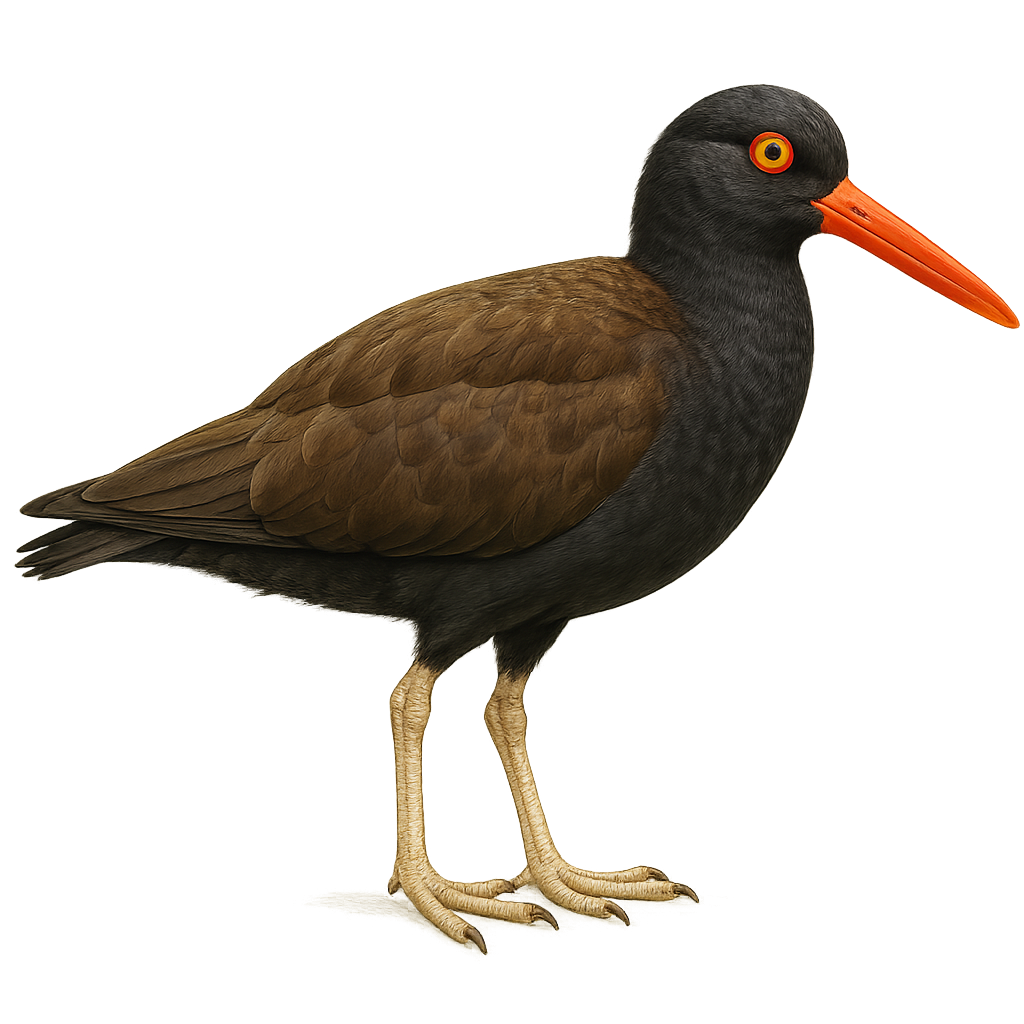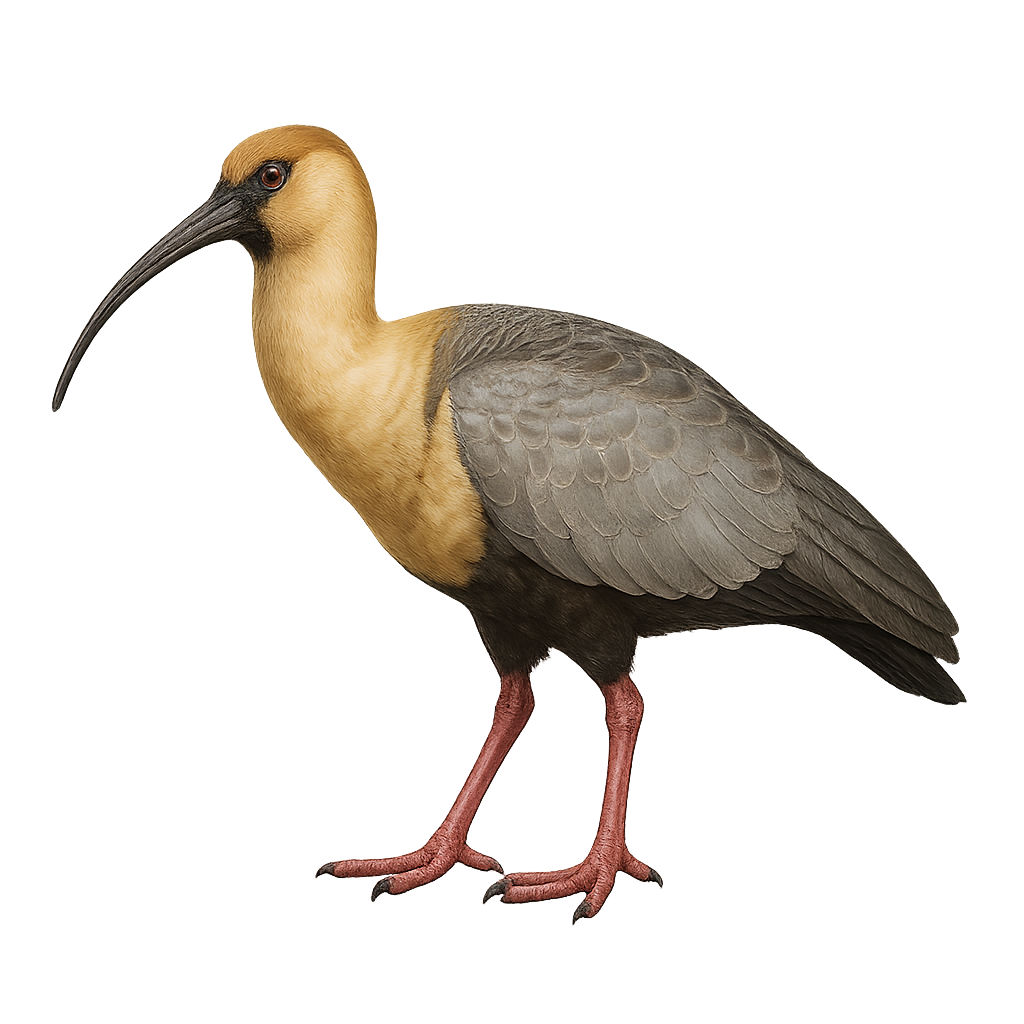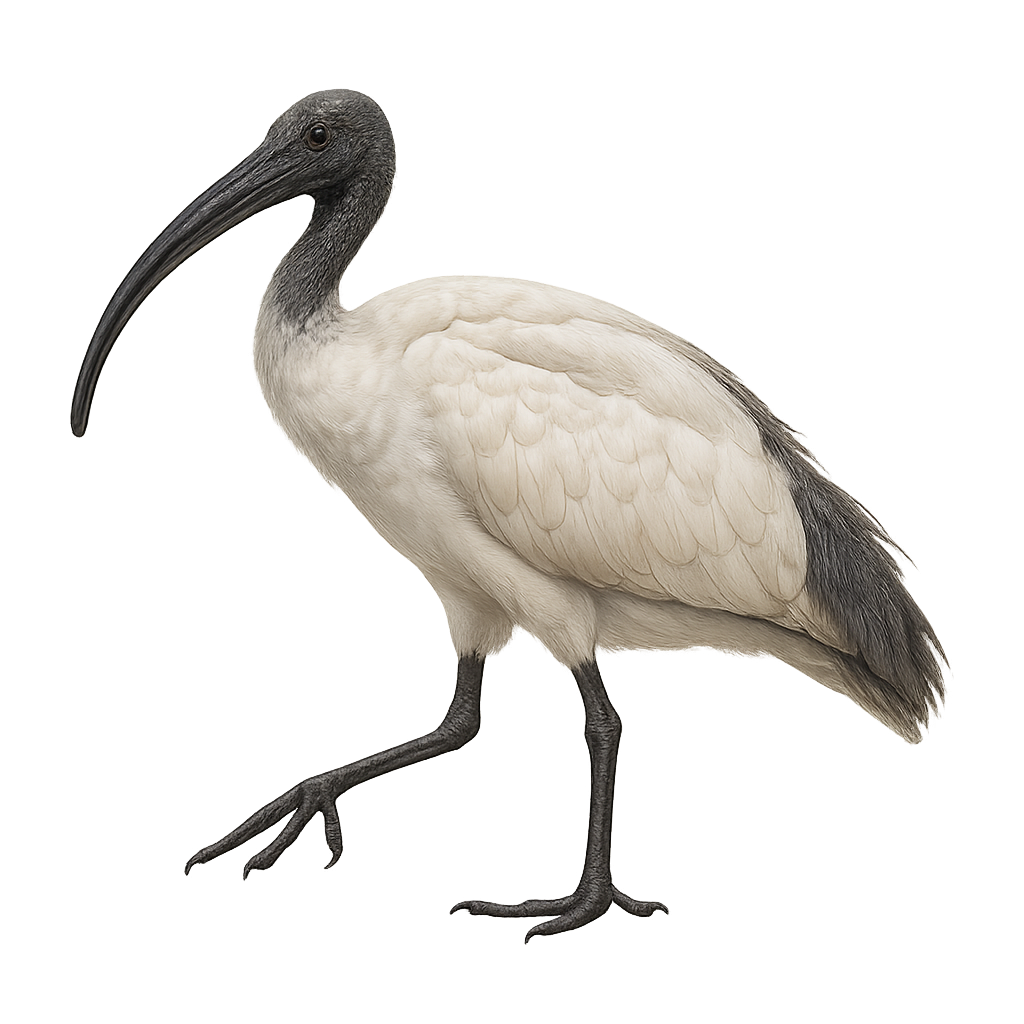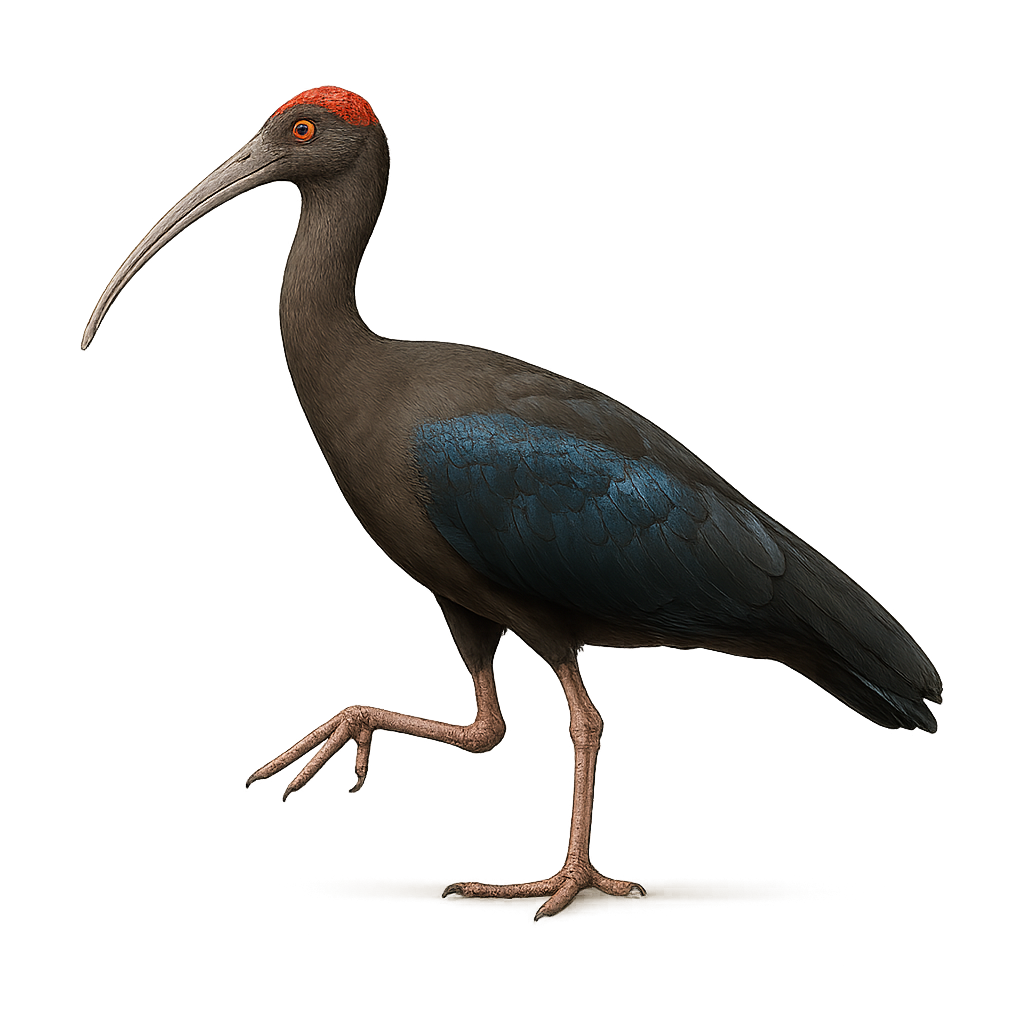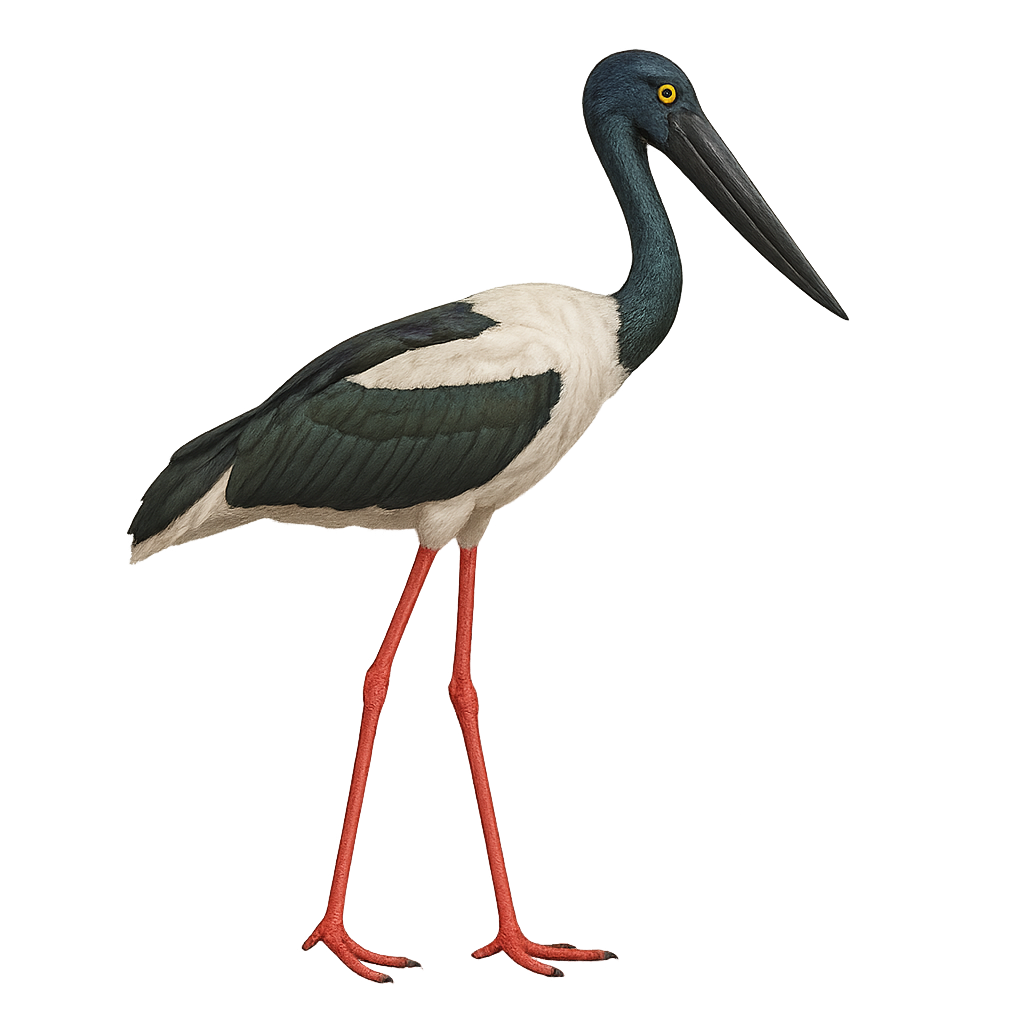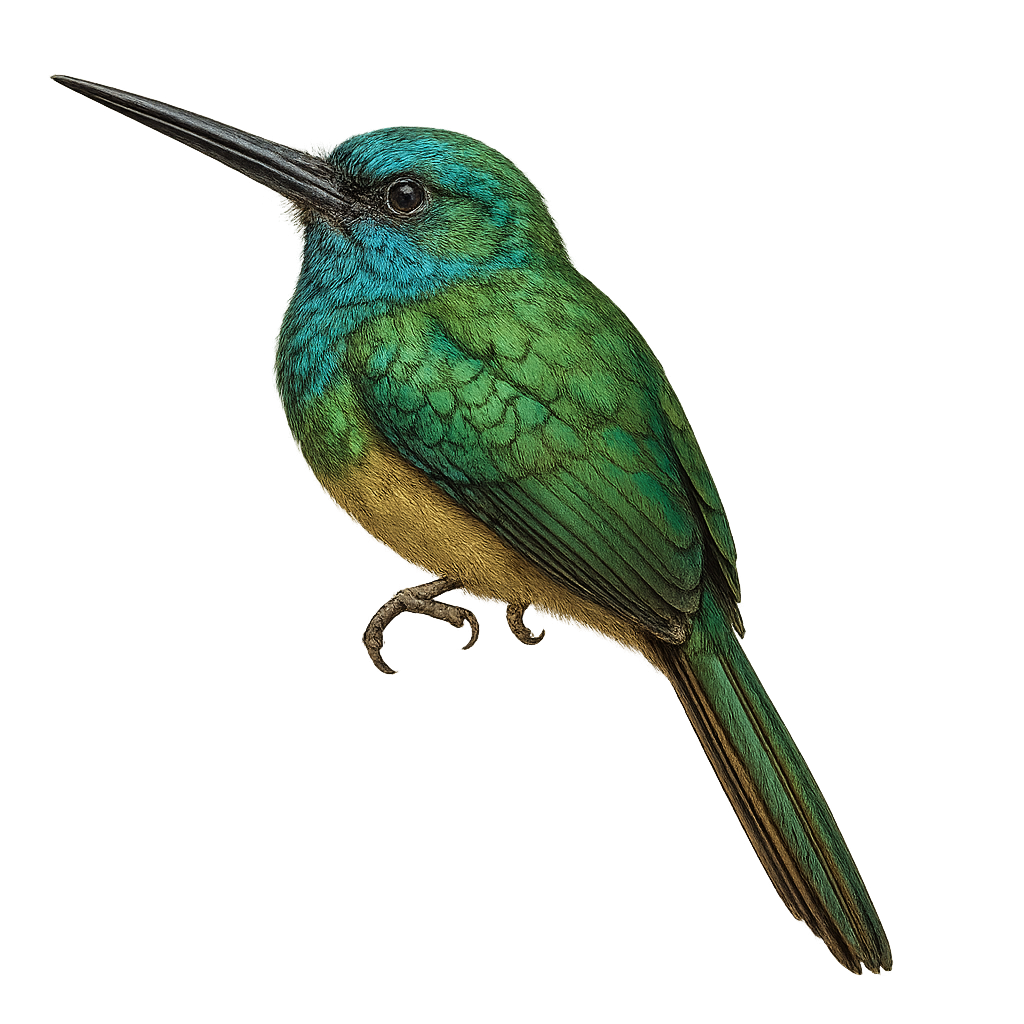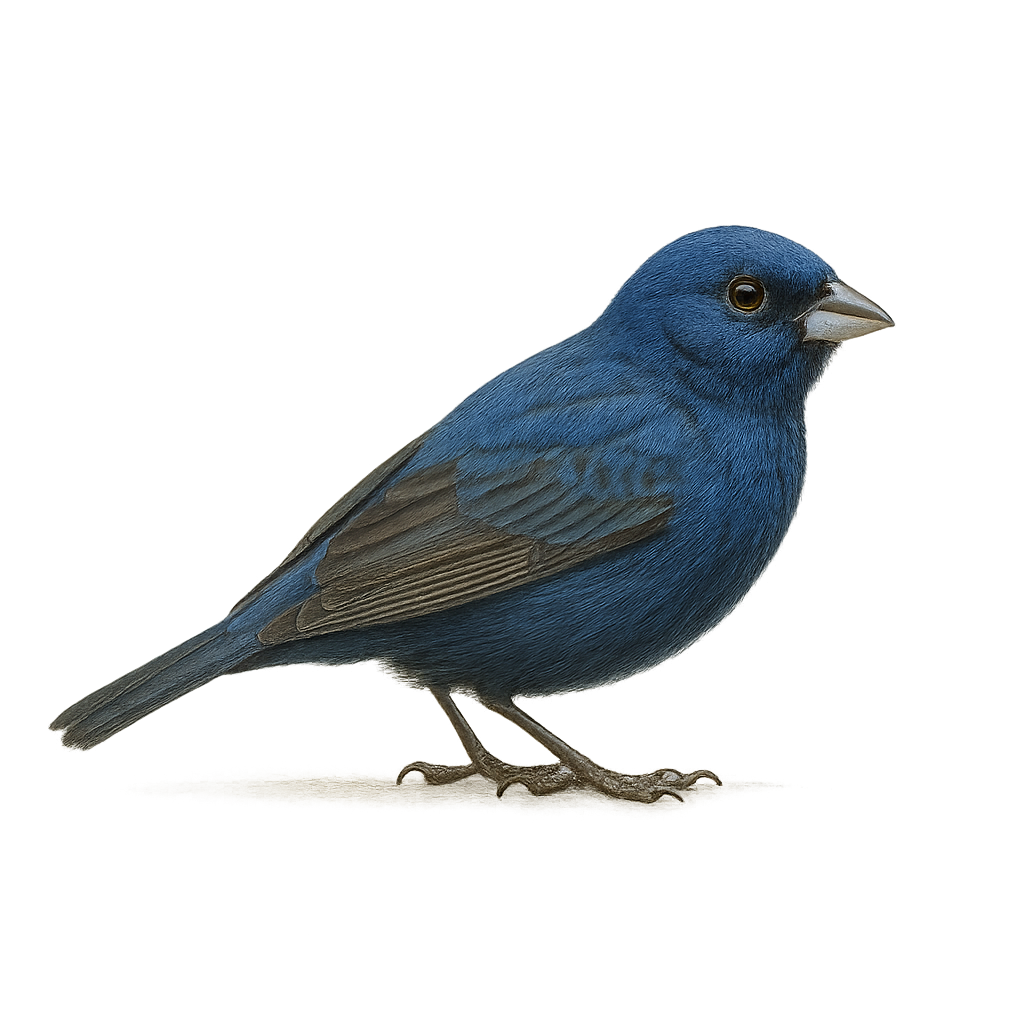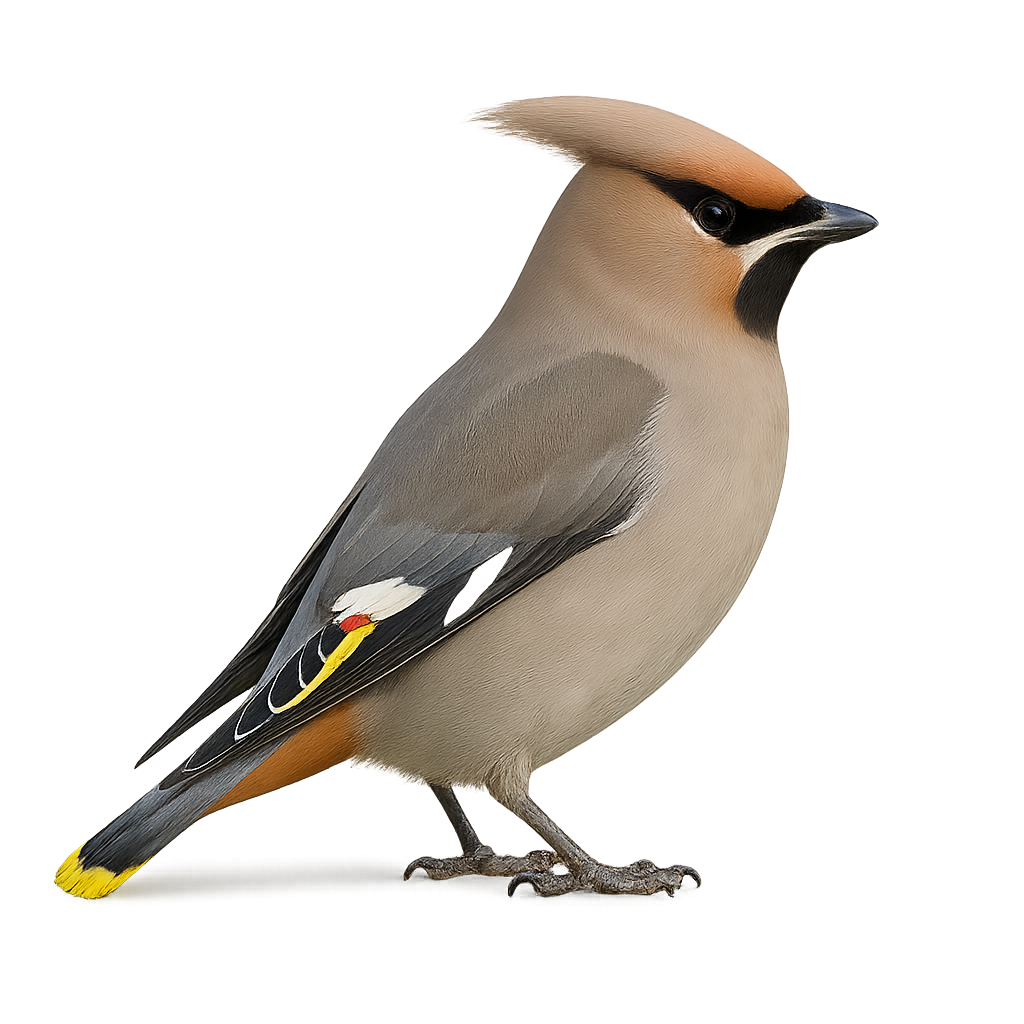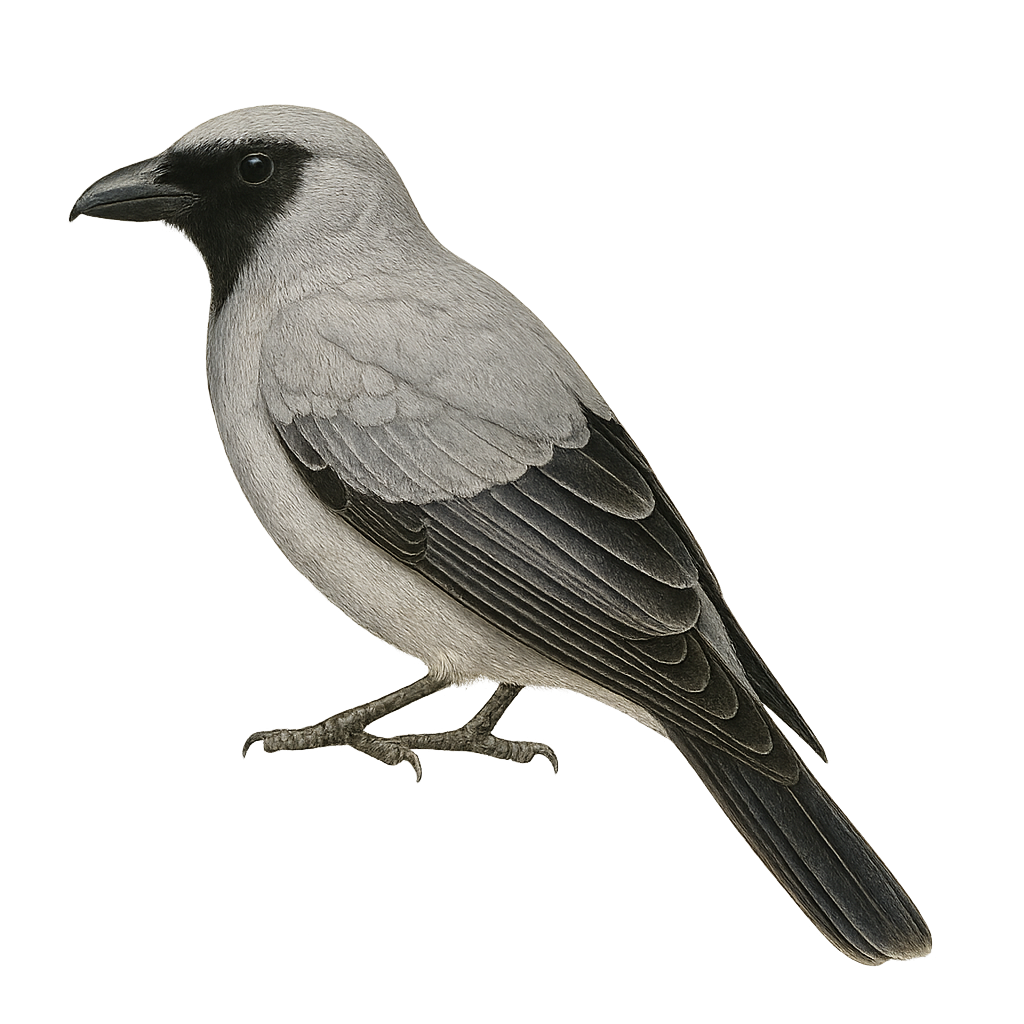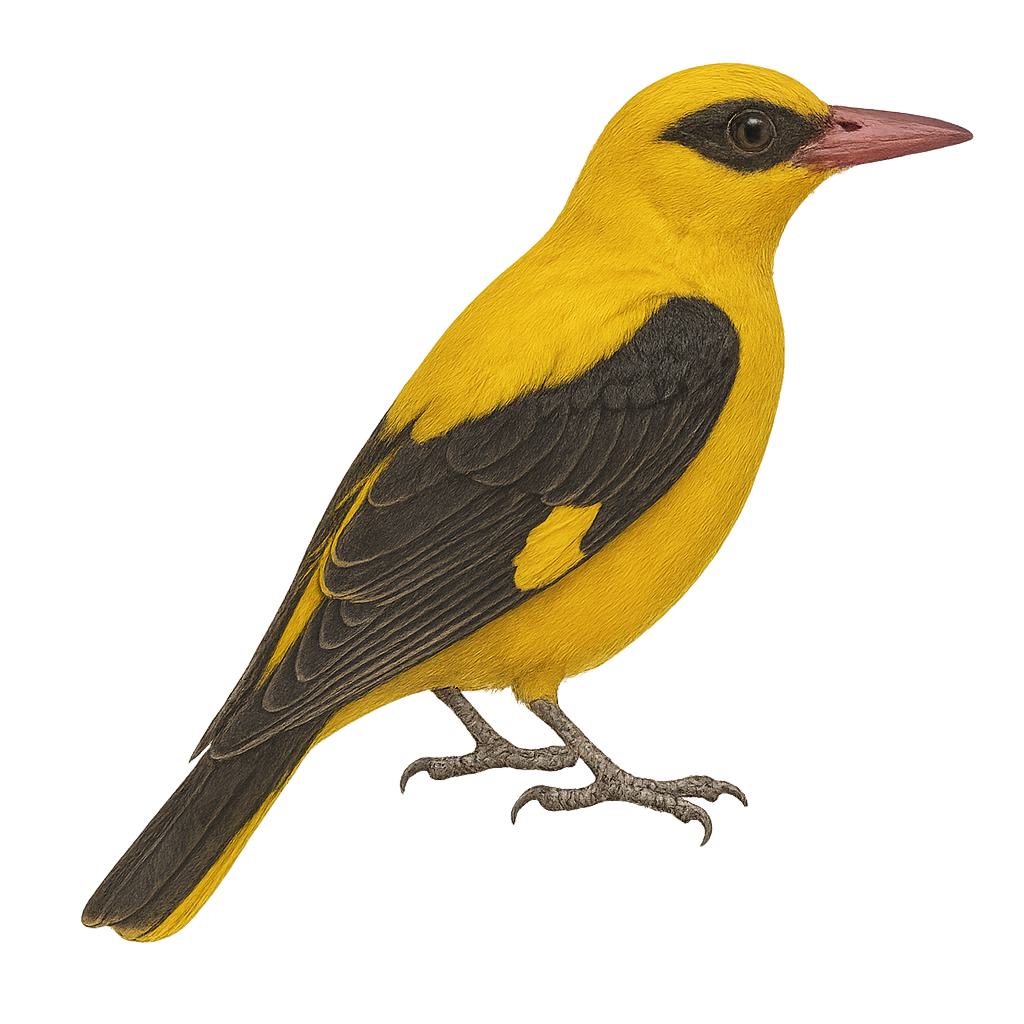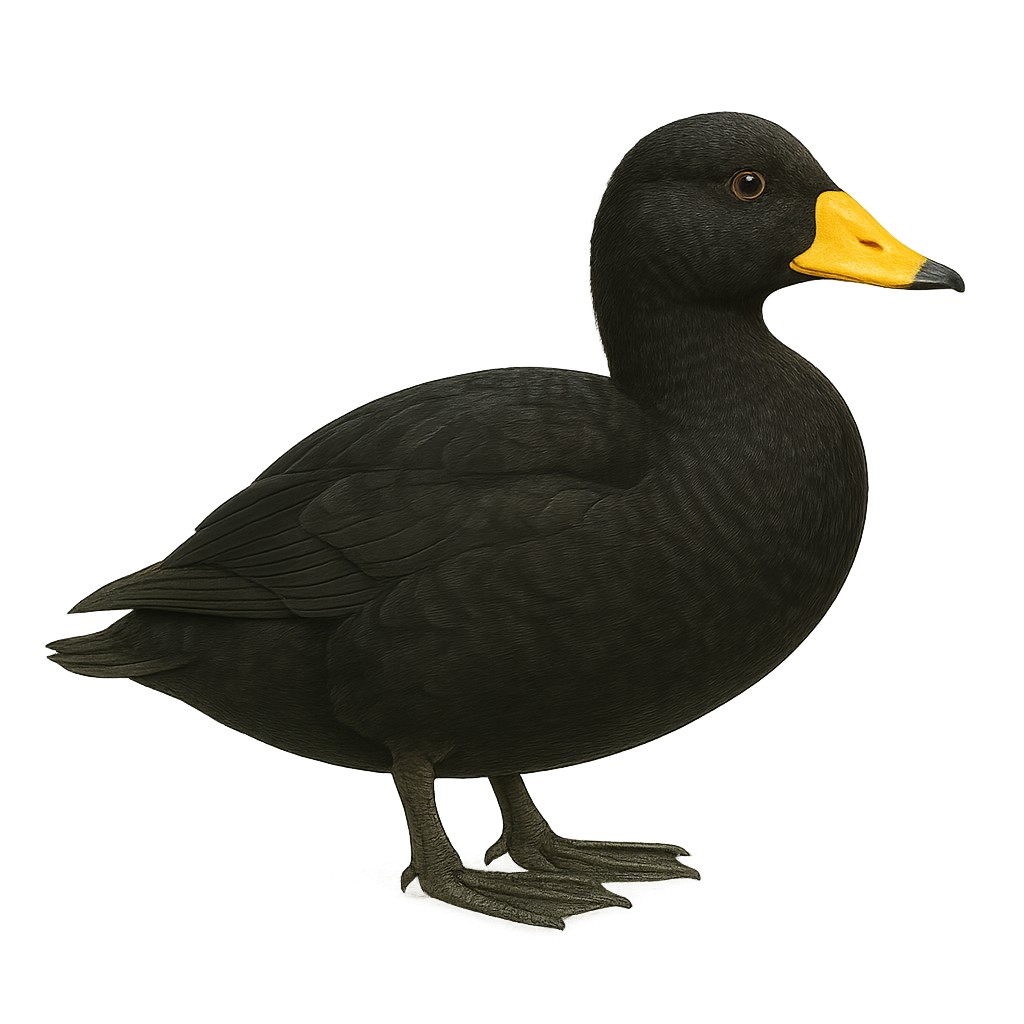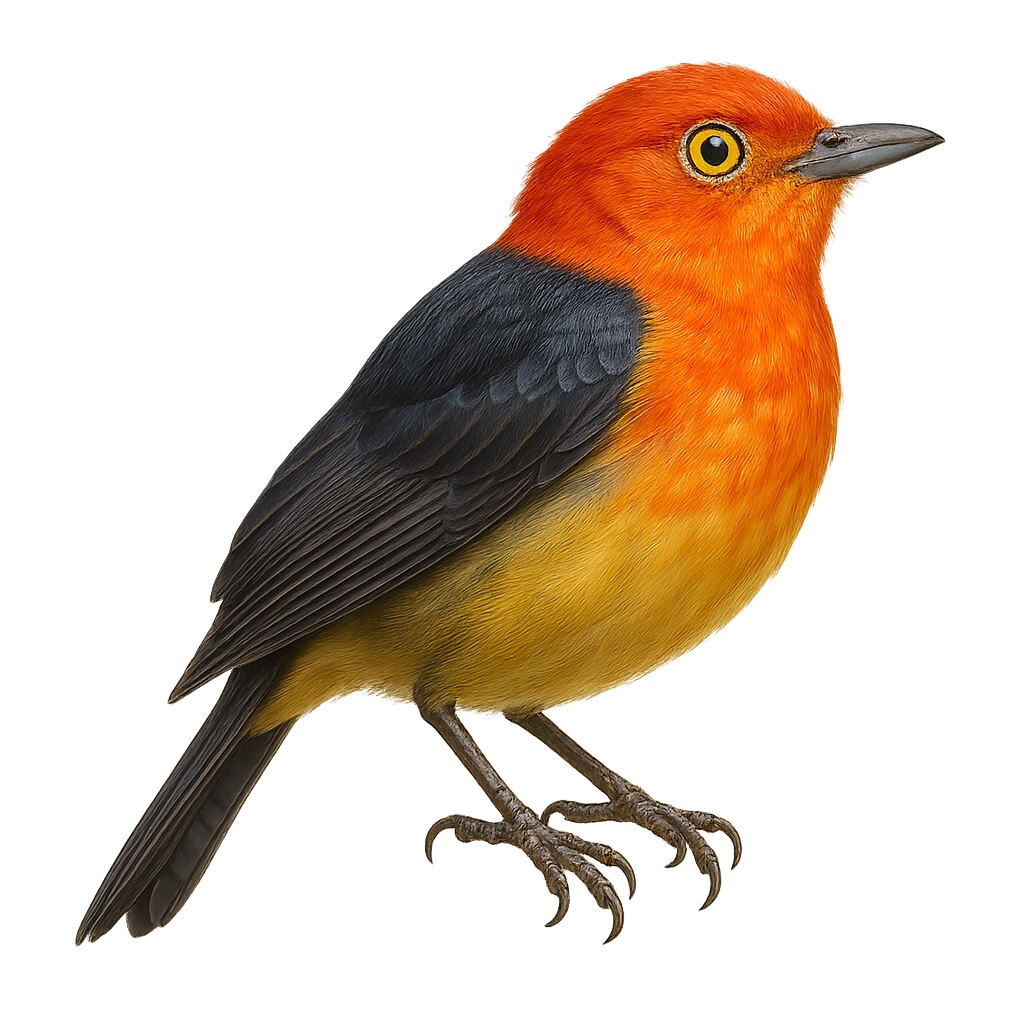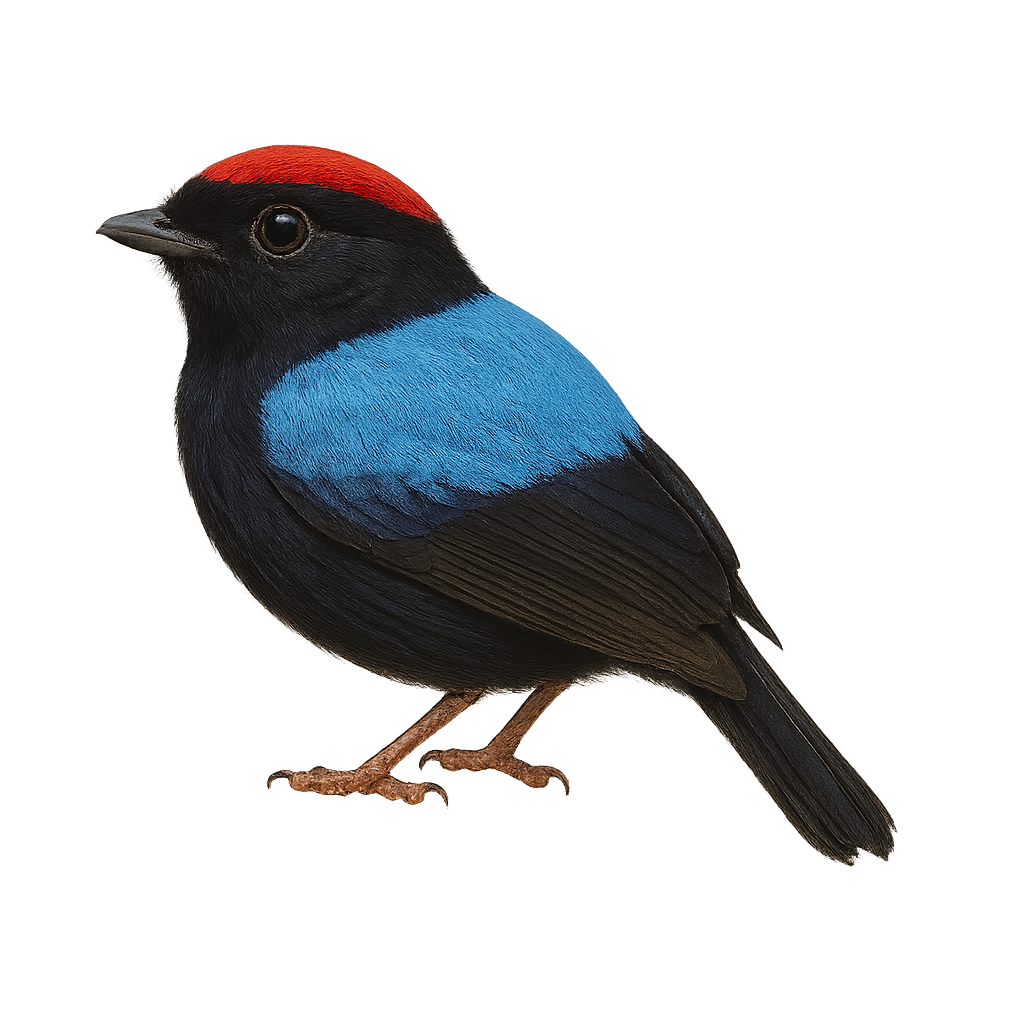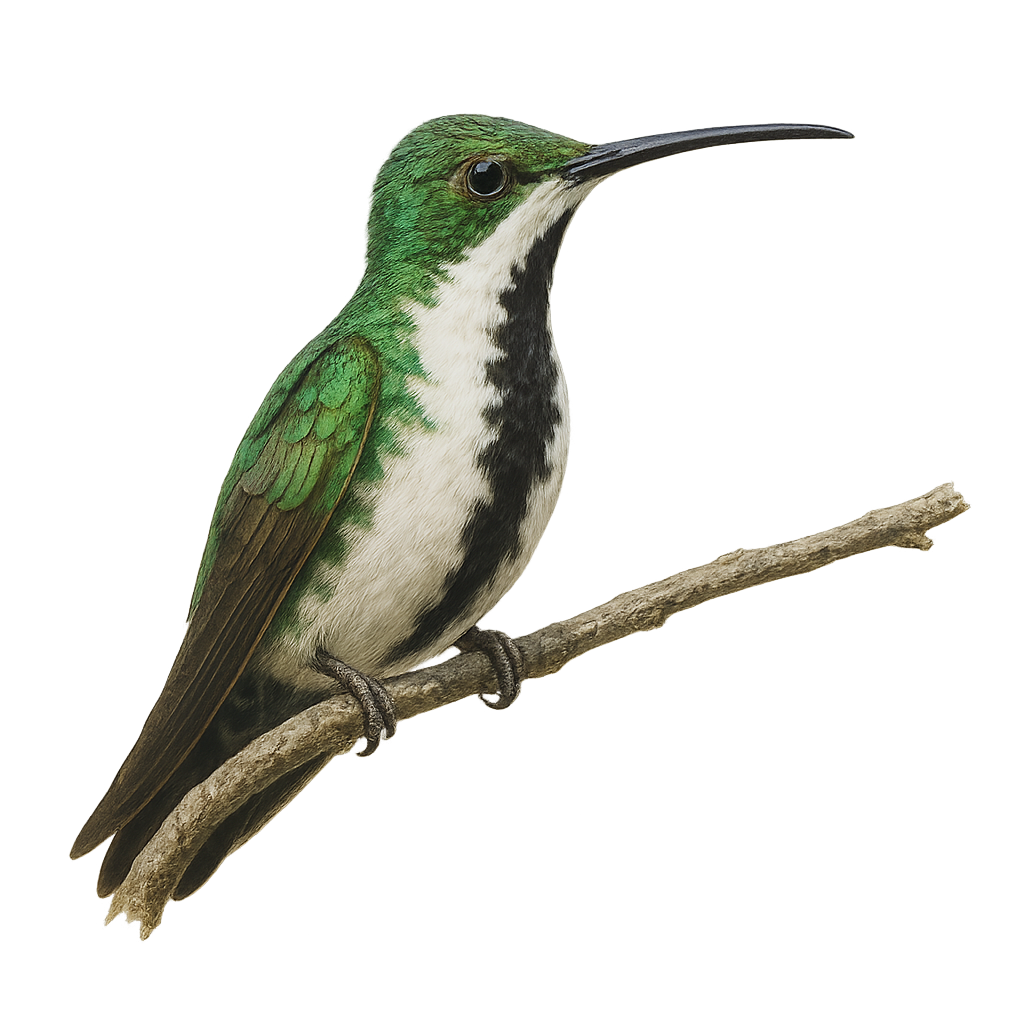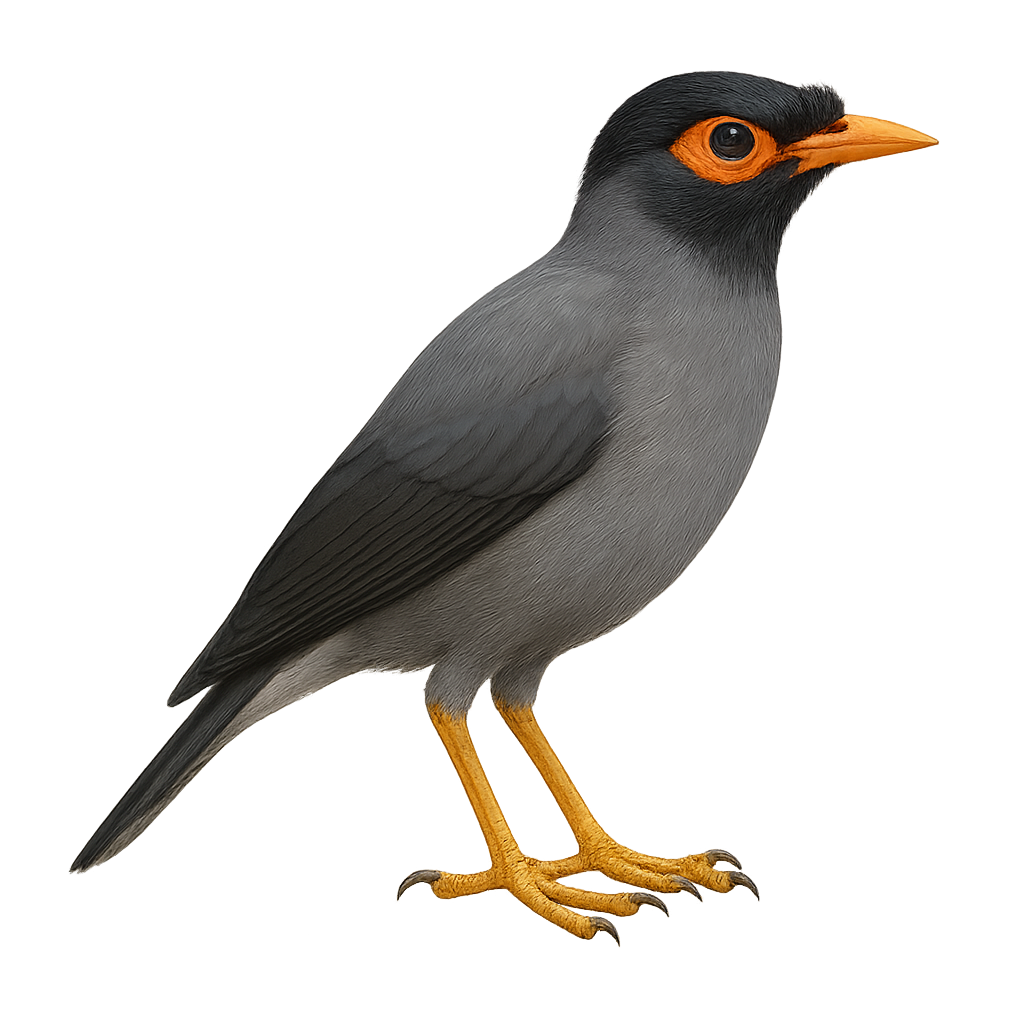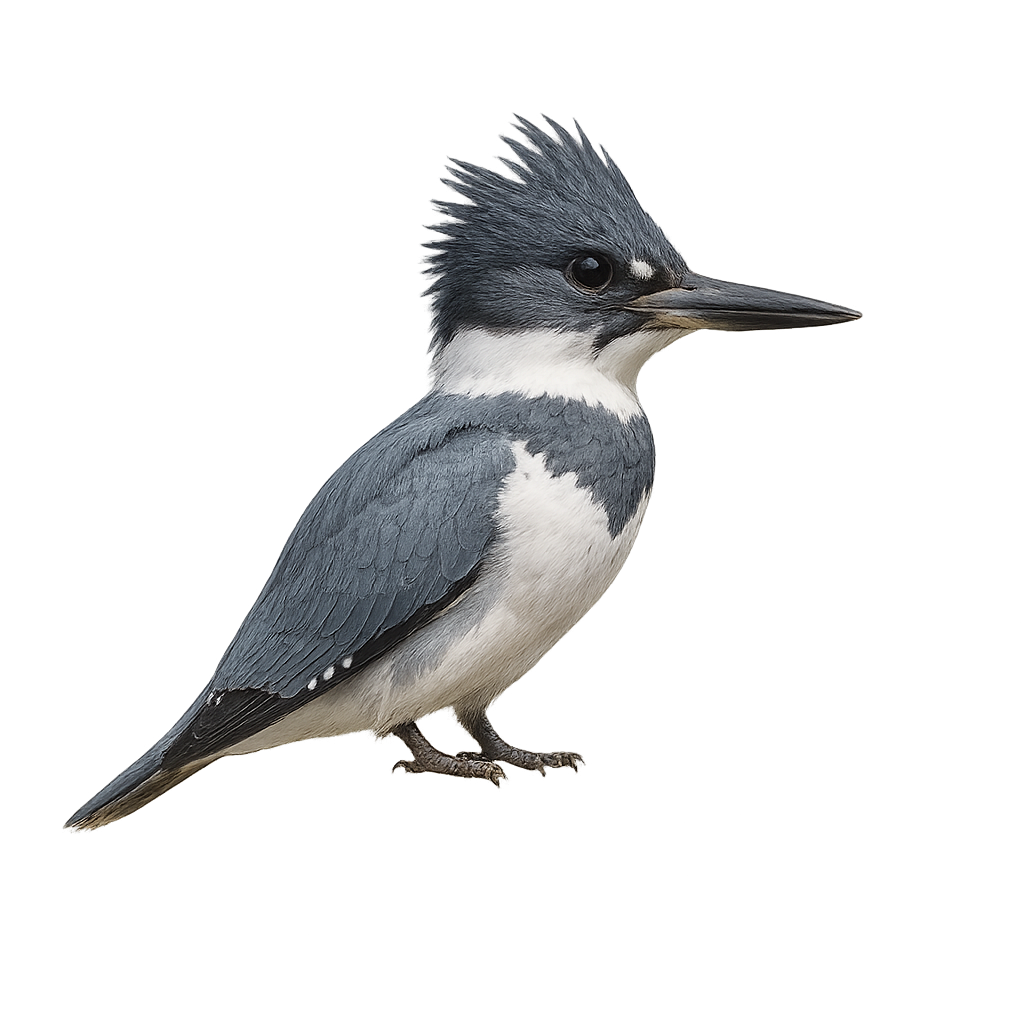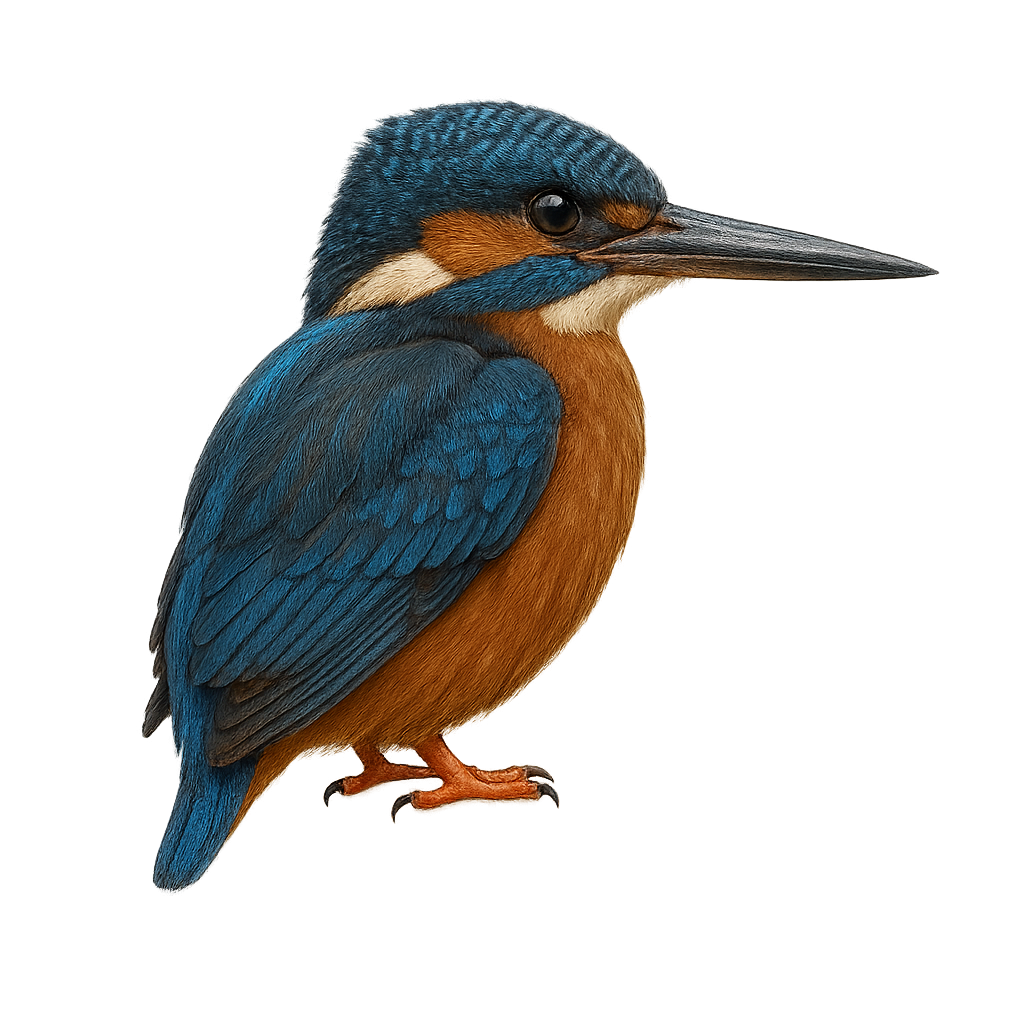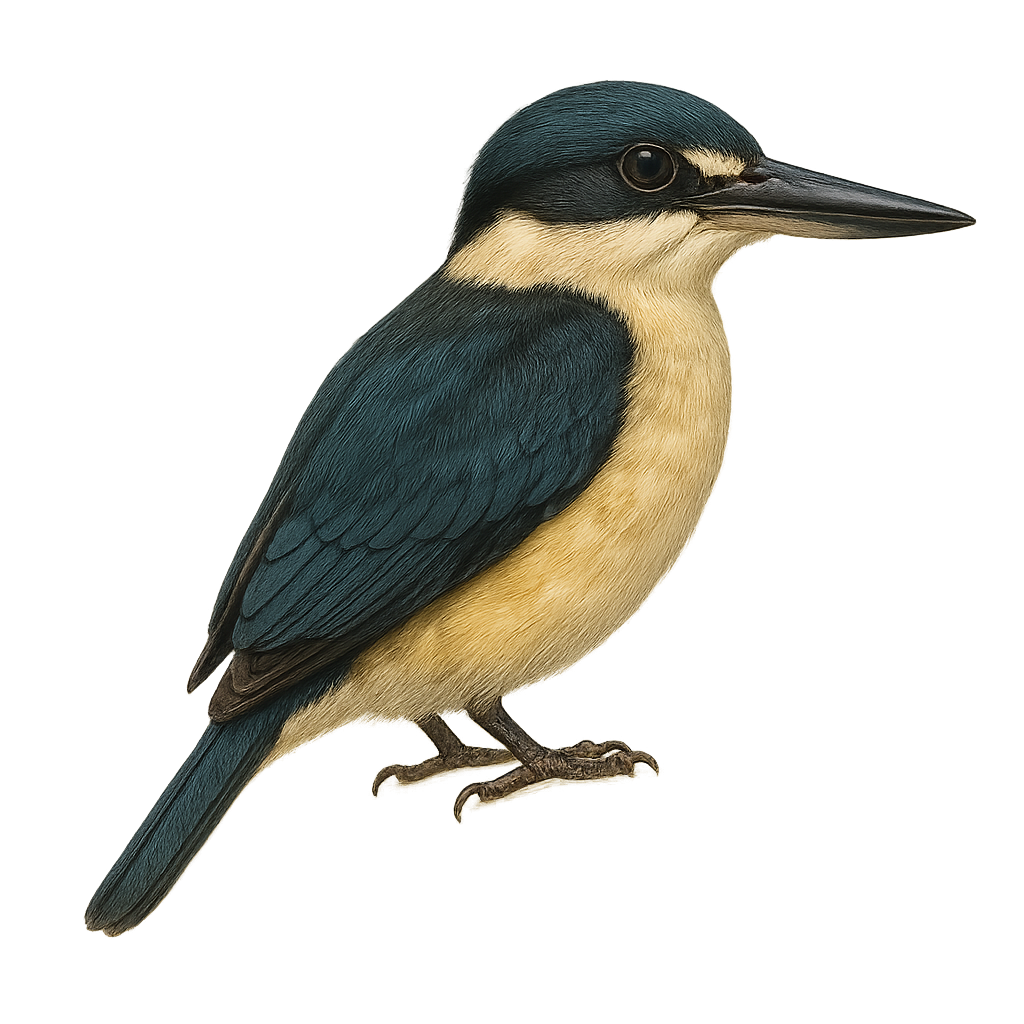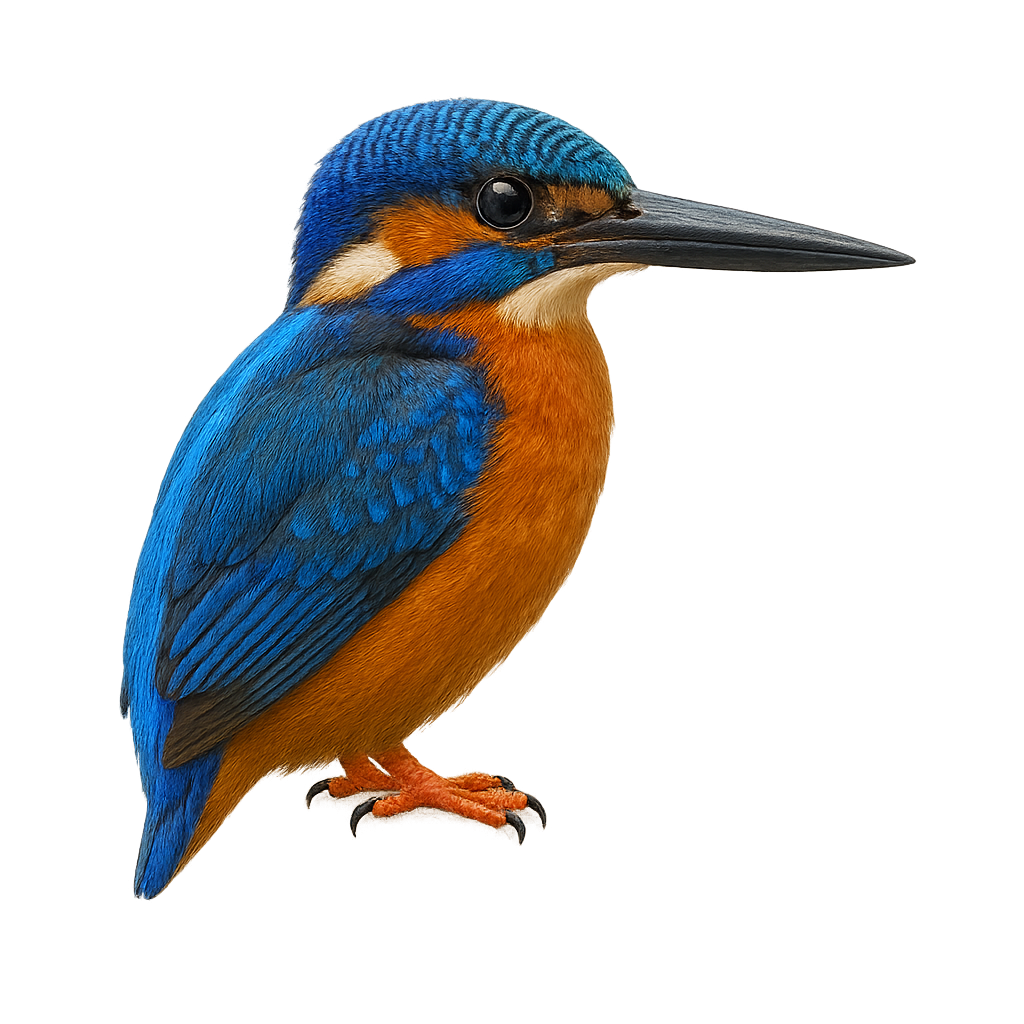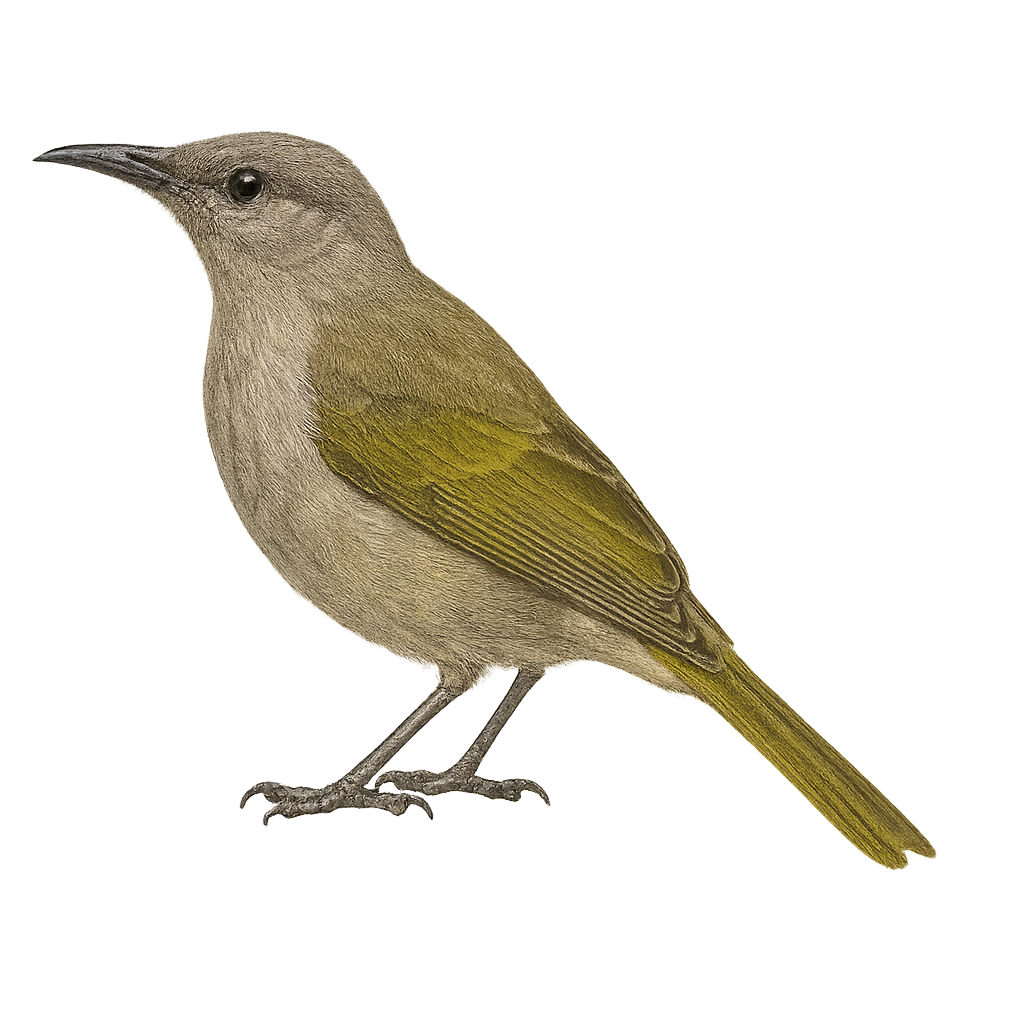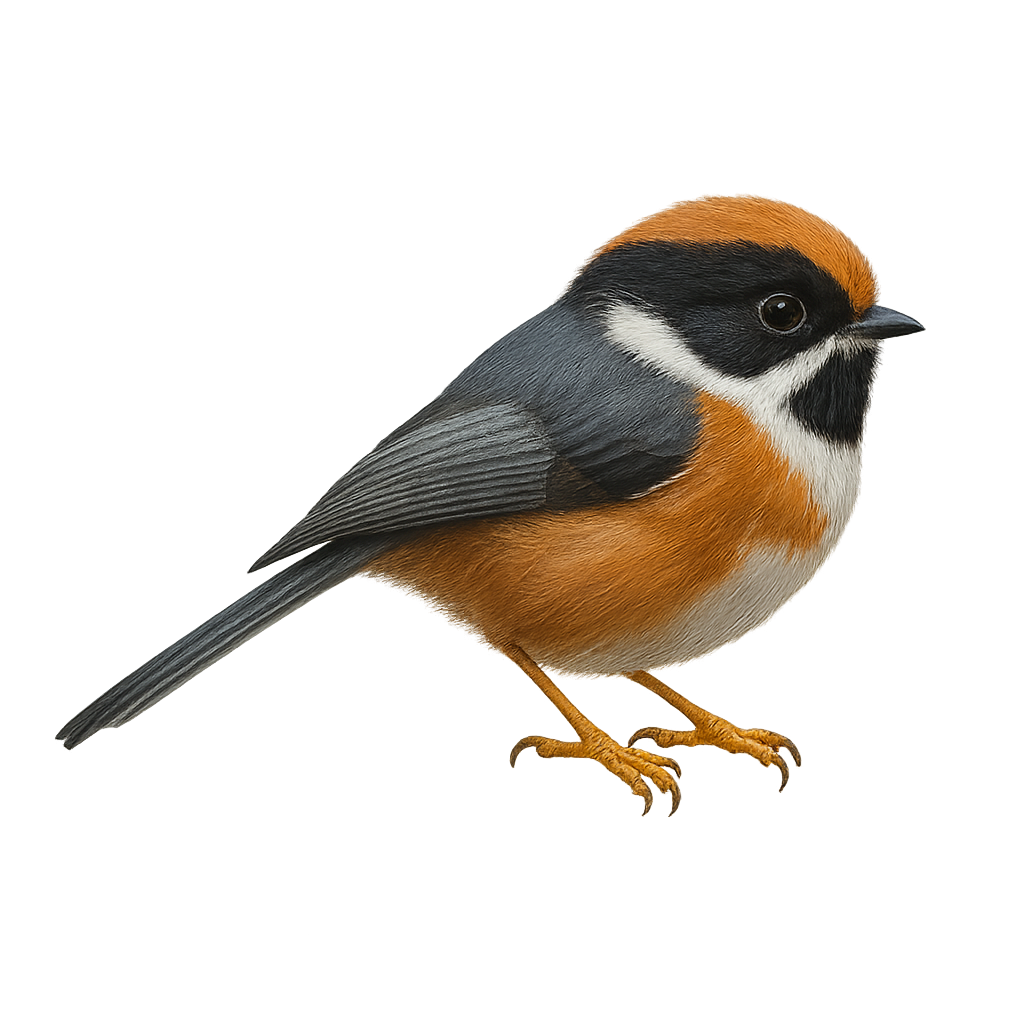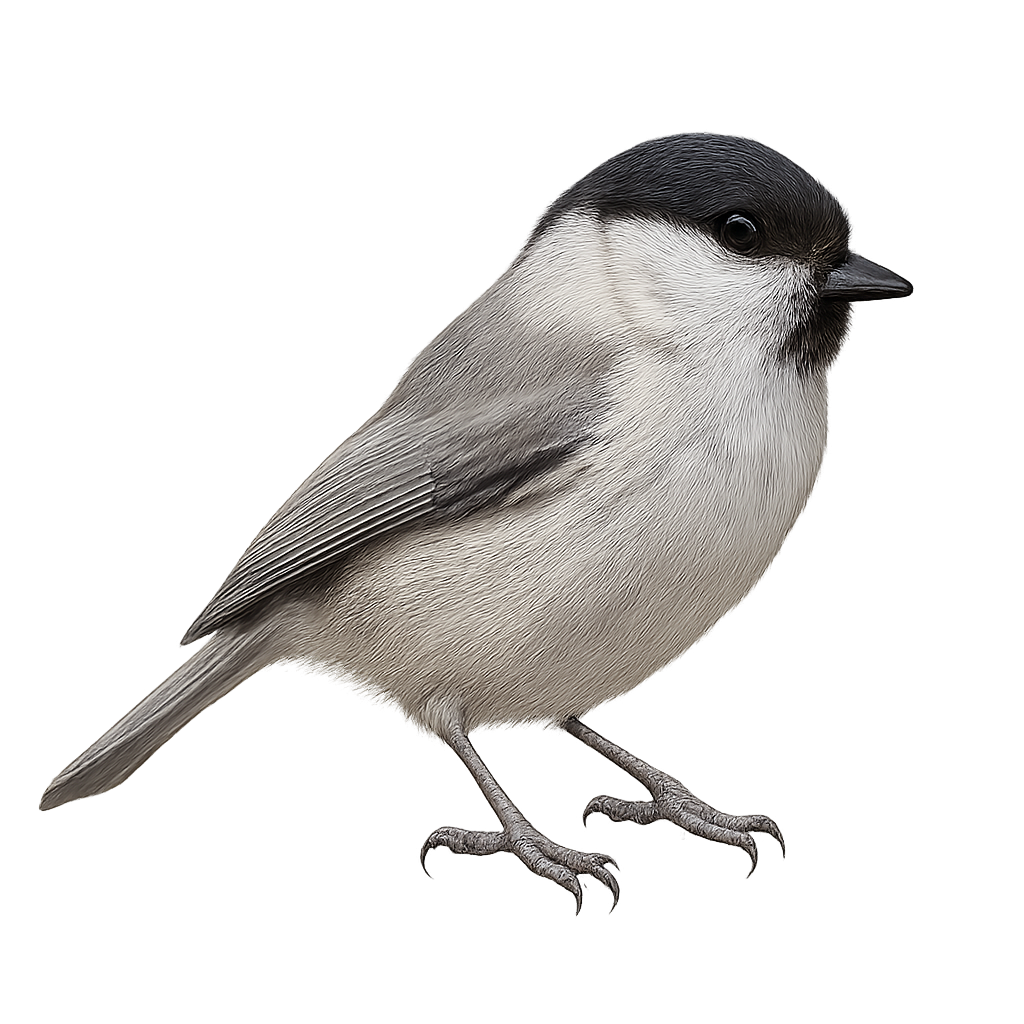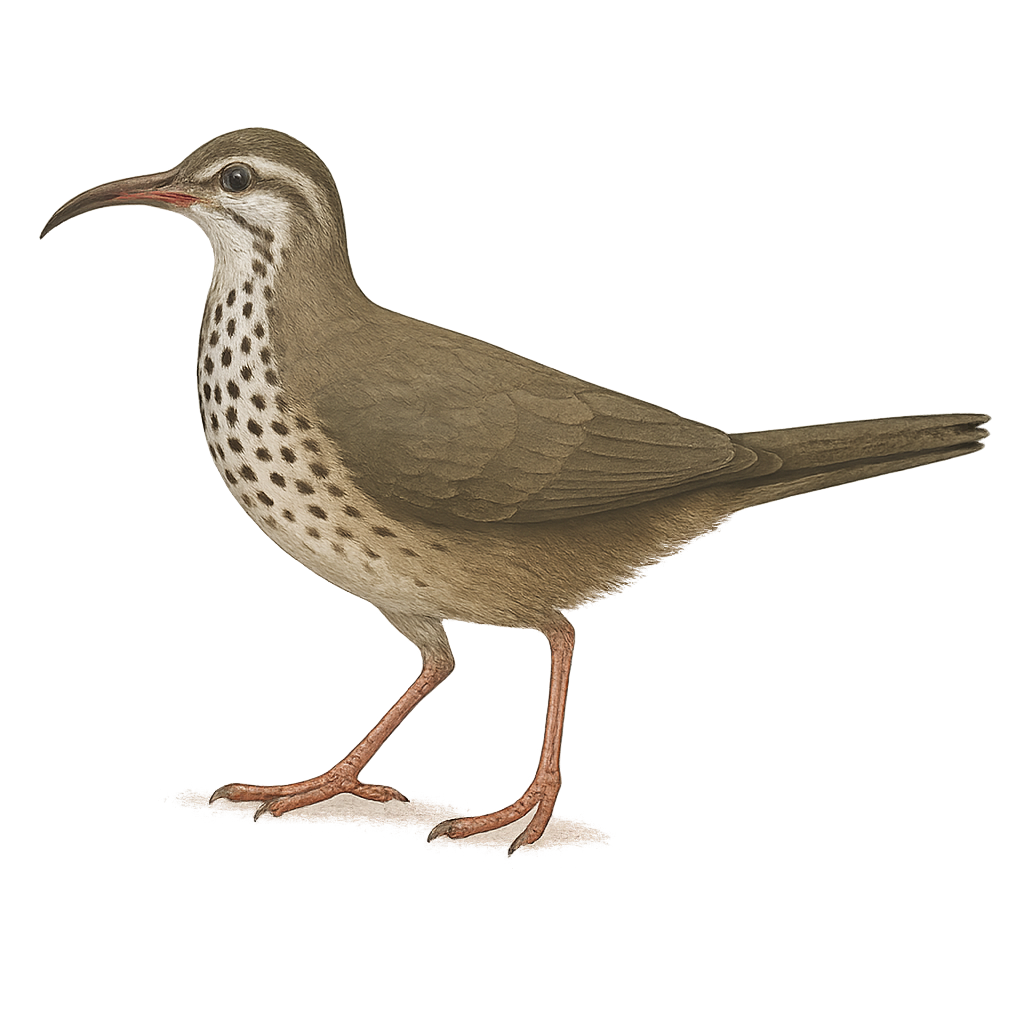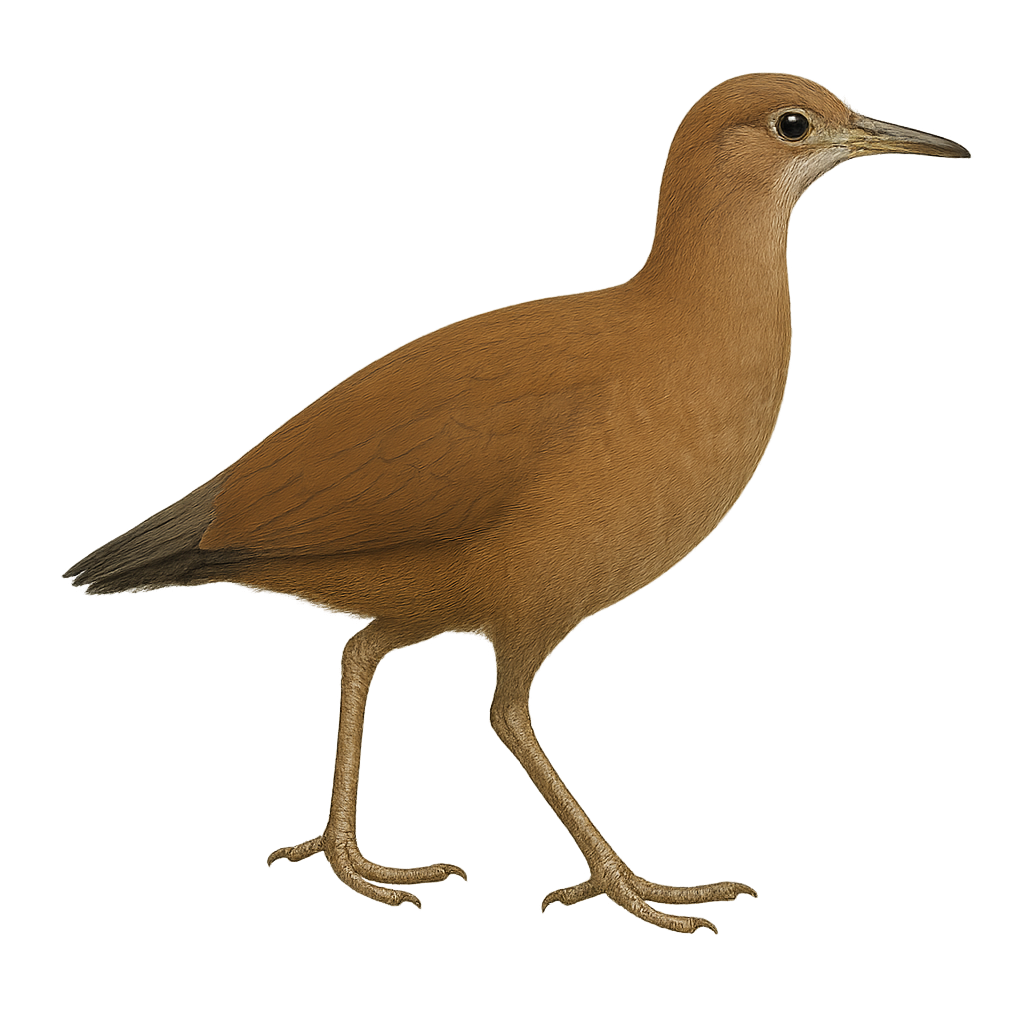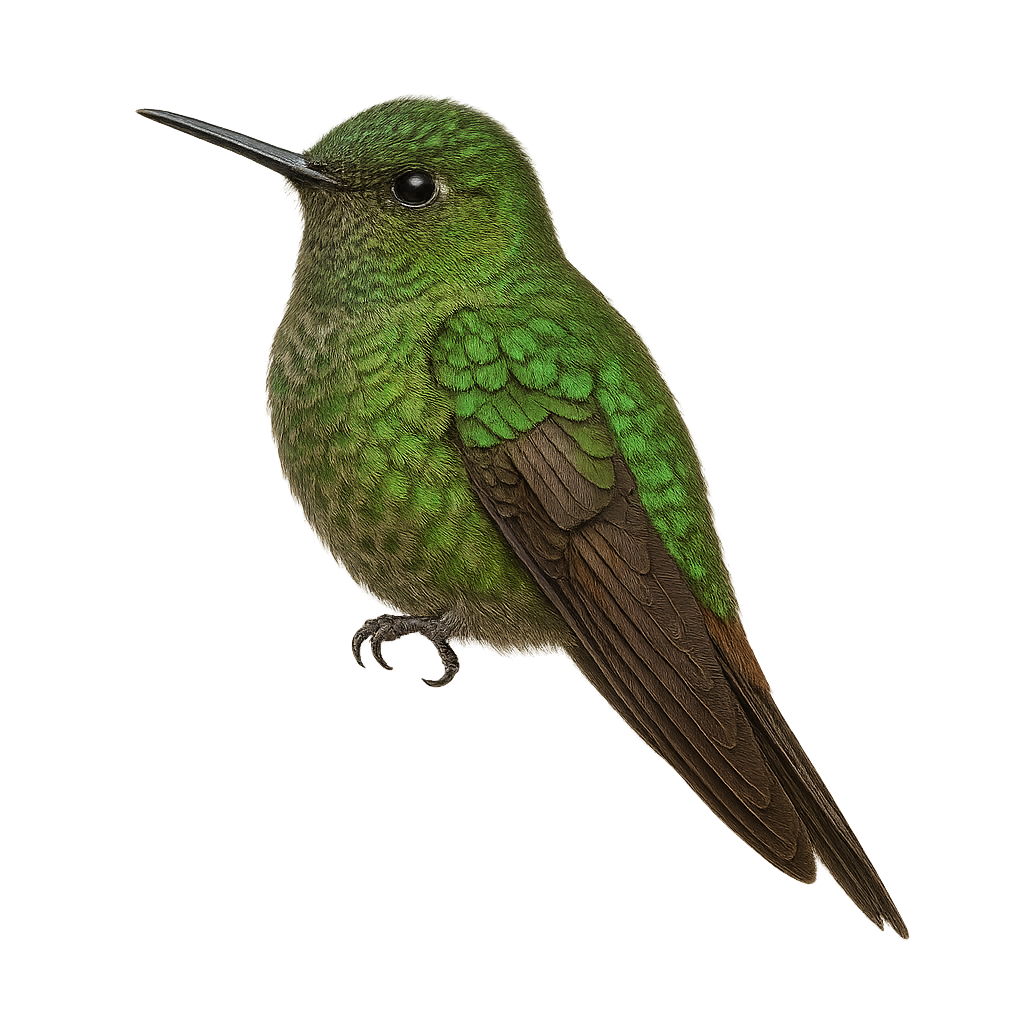The Blackish Oystercatcher, Haematopus ater, is a robust and distinctive coastal bird, recognizable by its uniform black plumage and long, bright red bill. It primarily inhabits the rocky shores of South America, from Patagonia to Peru. Often seen in small groups, this bird feeds on mollusks and crustaceans, skillfully opening them with its powerful bill. Although mostly sedentary, some individuals may undertake short migrations. The Blackish Oystercatcher is monogamous and vigorously defends its nesting territory. Its piercing call is often heard above the sound of the waves. Despite its wide distribution, it is sensitive to human disturbances and marine pollution.
The Black-faced Ibis, or Theristicus melanopis, is a medium-sized bird belonging to the Threskiornithidae family. It is easily recognizable by its gray and brown plumage, distinctive black face, and long curved bill. This bird is primarily found in South America, particularly in Argentina, Chile, and Uruguay. It inhabits various environments, from open grasslands to wetlands, and feeds mainly on insects, worms, and small invertebrates. The Black-faced Ibis is a gregarious bird, often seen in groups, and is known for its distinctive calls. Although not considered threatened, it is sensitive to environmental changes and habitat loss.
The Black-headed Ibis, Threskiornis melanocephalus, is an elegant and distinctive bird, easily recognizable by its black head and neck contrasting with its white plumage. This bird, belonging to the Threskiornithidae family, is often found in the wetlands of South and Southeast Asia, where it primarily feeds on small invertebrates, fish, and crustaceans. Measuring about 65 to 75 cm in length, it has a long, curved bill ideal for probing in the mud. Although its conservation status is currently "near threatened," monitoring its populations is crucial due to the ongoing degradation of its natural habitat. The Black-headed Ibis is a gregarious bird, often seen in groups, making it fascinating to observe for birdwatchers and nature enthusiasts.
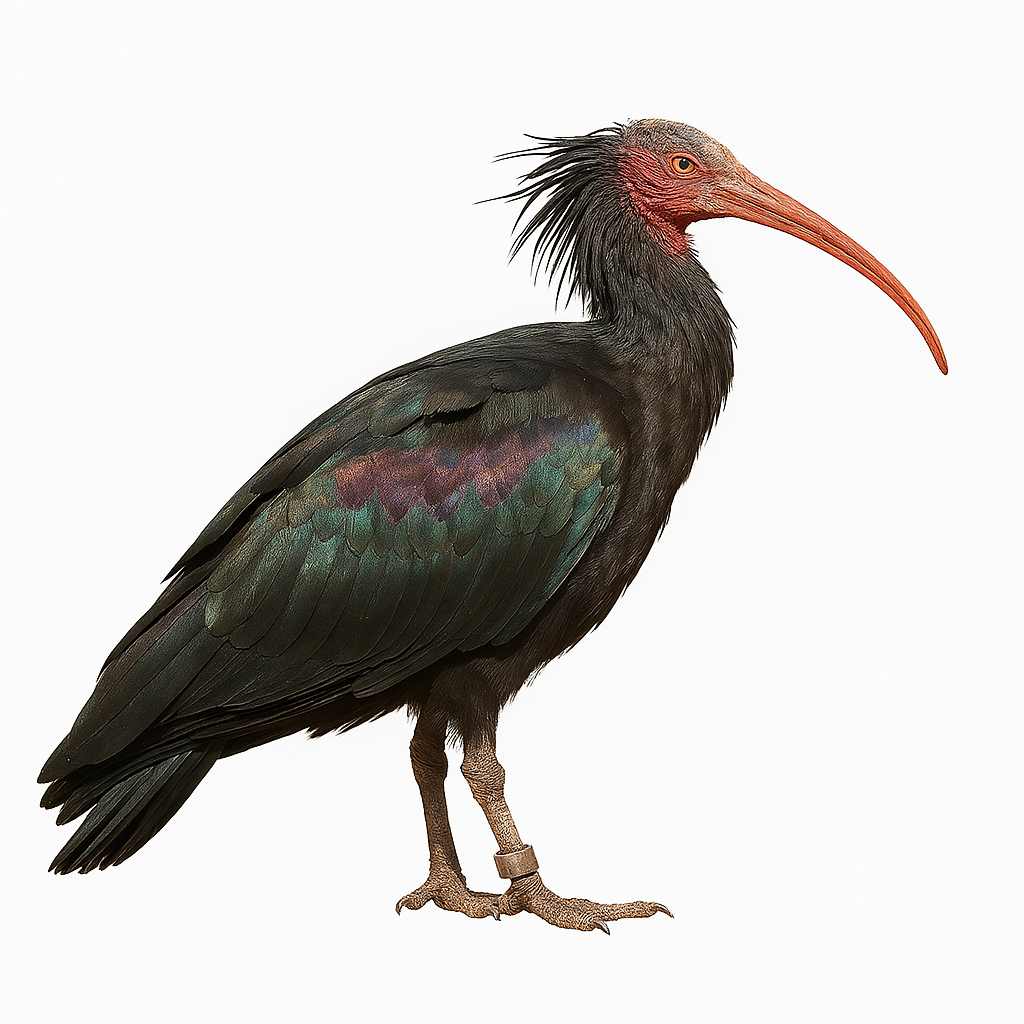
The Bald Ibis is a large migratory bird, easily recognizable by its dark plumage and bare head, adorned with a light down. It measures about 65 cm in length, with a wingspan of 1.3 to 1.4 meters, and weighs between 1.5 and 2.5 kg. Its plumage is brownish-red, with metallic green and purple hues that appear in the light. The head of the Bald Ibis is almost completely devoid of feathers, except for a small tuft of feathers on the top. It has a long curved beak, adapted for probing the ground in search of small invertebrates, worms, and seeds. The Bald Ibis primarily inhabits wetlands, marshes, and river valleys in the Middle East, North Africa, and parts of Europe. It is primarily herbivorous and insectivorous, feeding on aquatic plants and small animals found in marshy areas. The Bald Ibis is a migratory species, moving in groups during the breeding season and winter. While the species has been severely reduced in its range, conservation efforts have helped maintain small populations in certain areas. However, it remains vulnerable to habitat loss and human disturbance.
The Bare-faced Ibis, or Theristicus caudatus, is a medium-sized bird easily recognizable by its grayish plumage and distinctive bare face. It features a long, curved bill, ideal for probing the ground for food. This ibis primarily inhabits wetlands, grasslands, and marshes in South America, notably in Brazil, Argentina, and Uruguay. It is often seen in small groups, feeding on small invertebrates, crustaceans, and sometimes seeds. Although generally tolerant of human presence, it prefers less disturbed areas for breeding. Its breeding season varies by region, but it is known to build nests high up, often in trees or dense bushes.
The Black-headed Ibis, or Pseudibis papillosa, is a medium-sized bird known for its distinctive black head and neck contrasting with its white body. It primarily inhabits wetlands, marshes, and rice paddies in South Asia. This ibis is often seen in small groups, feeding on crustaceans, insects, and small fish. Although relatively common in some areas, habitat degradation poses a threat to its population. Its flight is graceful, with slow and steady wing beats, and it emits characteristic harsh calls. The breeding season varies by region but is often influenced by the rainy season.
The Black-necked Stork, or Ephippiorhynchus asiaticus, is a large wader with distinctive plumage. It features a bright white body contrasted by an iridescent black neck and head. Its long red legs and massive black bill give it a majestic appearance. Found mainly in wetlands, marshes, and rivers of South and Southeast Asia, this stork is a solitary bird or lives in small groups, feeding primarily on fish, frogs, and aquatic insects. Although generally silent, it can produce bill-clattering sounds during courtship. Its population is declining due to habitat loss and pollution, but it is still present in several nature reserves.
The Bluish-fronted Jacamar, scientifically known as Galbula cyanescens, is a captivating bird from the Galbulidae family. It is primarily found in the humid tropical forests of South America, particularly in Brazil and Bolivia. This bird is distinguished by its striking plumage, featuring shades of blue and green that catch the sunlight. It measures about 18 to 20 cm in length and has a long, slender beak, perfect for catching insects in flight. The Bluish-fronted Jacamar is often seen perched on branches, patiently watching for prey. Although relatively discreet, its melodious song can be heard throughout the canopy. It plays a crucial role in the ecosystem by regulating insect populations.
The Blue-black Grassquit, or Volatinia jacarina, is a small passerine bird in the Thraupidae family, primarily found in Central and South America. This bird is notable for the male's blue-black plumage, while the female displays more brownish tones. It is often seen in open areas, grasslands, and cultivated fields. Its song is a rapid, repetitive chirping. The Blue-black Grassquit is known for its spectacular courtship displays, where the male performs vertical jumps to attract the female's attention. Although quite common in its range, it is sensitive to environmental changes and habitat loss due to agricultural expansion.
The Bohemian Waxwing is a small colorful bird, easily recognizable by its characteristic crest and the black edges of its feathers. It measures about 20 cm in length, with a wingspan of 30 to 35 cm, and weighs between 50 and 70 g. Its plumage is primarily light gray with bright yellow and red hues on its wings and tail, and it has red and yellow feathers decorating the tips of its plumage. The Bohemian Waxwing primarily inhabits the dense coniferous and deciduous forests of northern Europe and Asia, as well as North America. It is often found in groups, feeding primarily on berries, especially those from juniper and sea buckthorn trees, but it can also eat insects and seeds. This small passerine is also known for its soft call and social behavior, particularly during migration in groups. Although the species is not endangered, it is sensitive to climate change and the availability of its preferred food, berries.
The Black-faced Cuckoo-shrike is a medium-sized bird, recognizable by its silver-grey plumage and distinctive black mask around the eyes. It is primarily found in Australia, where it inhabits various environments ranging from open forests to urban areas. This bird is known for its graceful flight and melodious calls. It primarily feeds on insects and fruits, often catching them in mid-air. Although generally solitary, it can be seen in small groups during migration. Its adaptability to different habitats makes it a resilient species, although habitat destruction may pose long-term threats.
The Black-naped Oriole, or Oriolus chinensis, is a striking bird with bright yellow plumage, primarily yellow with black wings and tail. It is distinguished by a black patch on the nape, hence its English name. This bird is often seen in the tropical and subtropical forests of Asia, where it feeds mainly on fruits, insects, and small invertebrates. Its melodious and fluid song is a delight for birdwatchers. The Black-naped Oriole is a partial migratory bird, moving according to the seasons to find food resources. Although generally solitary, it can be observed in small groups during migration.
The Black Scoter, Melanitta americana, is a robust and elegant sea duck, recognizable by its black plumage in males and brown in females. The male features a bright orange bill with a distinctive black knob at the base, while the female has a duller plumage with shades of brown and gray. These birds are primarily found along the North American coasts, where they feed on mollusks, crustaceans, and small fish. They are often seen in large groups, floating on the water or diving for food. Their breeding habitat is in the Arctic and subarctic regions, where they nest near lakes and rivers.
The Band-tailed Manakin, Pipra fasciicauda, is a small, colorful bird found in the tropical forests of South America. It is identifiable by its vibrant plumage, featuring shades of red, yellow, and black, and its distinctively barred tail. Males are particularly noted for their spectacular courtship displays, performing intricate dances to attract females. These birds primarily inhabit dense undergrowth, feeding on fruits and insects. Their range extends from southern Amazonia to northern Argentina. Although their population is stable, deforestation poses a potential threat to their natural habitat.
The Blue-backed Manakin, or Chiroxiphia pareola, is a small bird, measuring about 13 cm in length. It is easily recognizable by its striking plumage: the male sports a bright blue back contrasting with a black head and a red throat, while the female is more subdued with green hues. This bird is mainly found in the humid tropical forests of South America, particularly in Brazil, Guyana, and Venezuela. It is known for its spectacular courtship displays where several males perform synchronized dances to attract females. These displays are often accompanied by melodious songs. The Blue-backed Manakin primarily feeds on fruits and insects, playing an important role in seed dispersal.
The Black-throated Mango is a medium-sized hummingbird, easily recognizable by its black throat and metallic green plumage. Males have a distinctive black stripe running from the throat to the abdomen, while females feature a central white stripe bordered by black. It is primarily found in South America, inhabiting a range of environments from tropical forests to urban gardens. This hummingbird is an important pollinator, feeding mainly on nectar, but also consumes small insects to supplement its diet. Its rapid flight and agile movements make it a fascinating sight to behold.
The Bank Myna, or Acridotheres ginginianus, is a medium-sized bird belonging to the Sturnidae family. It is primarily found in the Indian subcontinent, where it frequents open areas, cultivated fields, and villages. Its plumage is generally gray with metallic sheen, and it features black patches on its head and wings. This bird is known for its sociability and adaptability to various environments, making it common in human-inhabited areas. The Bank Myna primarily feeds on insects, fruits, and seeds. It is often observed in groups, which helps it protect against predators.
The Belted Kingfisher is a medium-sized aquatic bird, easily recognized by its bright plumage and vivid colors. It measures about 28 cm in length and weighs between 100 and 150 g. Its back is a brilliant metallic blue, while its belly is white with orange patches on the chest. It has a long, straight, pointed bill, suited for catching fish and other aquatic prey. The Belted Kingfisher is an excellent diver, often perching on branches or electrical wires above the water before diving at high speed to catch its prey. It primarily lives in rivers, lakes, marshes, and coastal areas of North America, from southern Canada to Mexico. These birds are solitary and defend their territory by emitting sharp calls. While its population remains relatively stable, it is threatened by habitat loss due to water pollution and wetland destruction.
The Blyth's Kingfisher, or Alcedo hercules, is a remarkable bird primarily found in the mountainous regions of Southeast Asia. This kingfisher stands out due to its impressive size, reaching up to 25 cm in length, making it one of the largest in its genus. Its plumage is a striking blue on the back and wings, contrasting with an orange belly. It frequents fast-flowing streams and rivers bordered by dense forests, where it primarily hunts fish and aquatic insects. Its presence is often revealed by its sharp, piercing call. Although discreet, it is sometimes observed perched on a branch overlooking the water, patiently waiting for its prey.
The Bismarck Kingfisher, or Ceyx websteri, is a rare and fascinating bird endemic to the humid tropical forests of the Philippines. This small bird, measuring about 12 cm in length, is distinguished by its bright plumage with vivid blue and orange hues. It primarily inhabits wooded areas near water bodies, where it feeds on small fish and aquatic insects. Its discreet presence and shy behavior make it difficult to observe in its natural habitat. The Bismarck Kingfisher is currently classified as a vulnerable species due to deforestation and loss of its natural habitat. Conservation of this bird is crucial to maintaining the biodiversity of the Philippine forest ecosystems.
The Collared Kingfisher is a small colorful bird, measuring about 15 to 18 cm in length, and weighing between 20 and 30 g. It is distinguished by its head adorned with a characteristic crest made of bright blue feathers, and its brilliant plumage which combines shades of metallic blue and bright orange. Its back is cobalt blue and its belly is orange, with a striking contrast between the two. This kingfisher primarily inhabits wetlands in sub-Saharan Africa, often near rivers, marshes, and lakes, where it primarily hunts fish and aquatic insects. It is often seen diving from a perch to catch its prey, using its pointed and powerful bill to grab it with great precision. While it is generally a solitary bird, it can sometimes be seen in pairs during the breeding season. Although the population of the Collared Kingfisher is relatively stable, it faces threats such as habitat loss and water pollution.
The Blue-eared Kingfisher is a medium-sized bird, measuring about 16 to 18 cm in length. It is distinguished by its striking plumage, with bright blue shades on its back and wings, and an orange belly. Its long, pointed beak is perfect for catching fish, its main food source. It is primarily found in the humid tropical forests of Southeast Asia, near rivers and streams. This bird is often solitary and highly territorial. It is known for its spectacular hunting technique, diving swiftly into the water to catch its prey. Despite its beauty, it is often difficult to spot due to its discreet behavior and dense habitat.
The Brown Honeyeater, or Lichmera indistincta, is a small bird native to Australia and New Guinea. Its plumage is generally olive-brown with lighter underparts. This bird is particularly appreciated for its melodious and varied song. It inhabits a range of environments, from tropical forests to urban areas, and primarily feeds on nectar, although it also consumes insects and fruits. Its slender, curved bill is perfectly adapted for extracting nectar from flowers. The Brown Honeyeater plays a crucial role in the pollination of native plants. It is often seen in small groups but can also be solitary.
The Black-capped Chickadee is a small bird with distinctive plumage, featuring a black cap, white cheeks, and a grayish body. It is widely distributed across North America, inhabiting forests, parks, and gardens. Known for its curiosity and friendly behavior towards humans, this bird primarily feeds on insects, seeds, and berries, often observed storing food for winter. The Black-capped Chickadee is also famous for its characteristic "chick-a-dee-dee-dee" call. It symbolizes resilience, capable of surviving harsh winter conditions due to its fast metabolism and ability to enter torpor to conserve energy.
The Black-throated Bushtit, or Aegithalos concinnus, is a small bird with distinctive plumage, characterized by a black and white head, brown back, and long tail. It measures about 10 to 11 cm in length and weighs between 6 and 10 grams. It is primarily found in Asia, especially in deciduous forests and wooded areas. Known for its sociability, it tends to move in family groups. Its diet mainly consists of insects and small invertebrates, but it also consumes seeds and berries. The Black-throated Bushtit is an active and agile bird, often seen flitting between branches in search of food.
The blue tit is a small, colorful bird easily recognizable by its blue head, olive back, and bright yellow breast. It is found primarily in forests, gardens, and parks across Europe and Asia. The blue tit is a curious and active bird, often seen foraging for seeds, berries, and insects. It is also capable of using ingenious techniques to access food, making it a fascinating subject for photographers.
The boreal chickadee is a small passerine, 11–13 cm long, with olive-gray and brown plumage, featuring a dark brown cap, black bib, and white cheeks. It inhabits coniferous and mixed forests across the northern hemisphere, feeding on insects, seeds, and berries gleaned while clinging to branches. During the breeding season, pairs excavate or occupy tree cavities to nest, and the male feeds the female at the nest.
The Bensch's Monias, or Monias benschi, is a rare and intriguing bird endemic to Madagascar. It features a dull brown plumage that allows it to blend seamlessly into its natural habitat of dry forests and scrublands. This ground-dwelling bird is known for its elusive behavior and ability to move swiftly on the ground. It primarily feeds on insects and small invertebrates by foraging on the forest floor. The Bensch's Monias is monogamous, forming stable pairs. Its population is declining due to deforestation and habitat degradation, making it a vulnerable species in need of increased conservation efforts.
The Brown Mesite is an endemic bird of Madagascar, belonging to the Mesitornithidae family. This small terrestrial bird is recognizable by its uniform brown plumage, which allows it to blend into its natural habitat. It measures about 30 cm in length and has strong legs adapted for walking. The Brown Mesite is primarily insectivorous, feeding on insects and small invertebrates found by foraging on the forest floor. It is often seen in small family groups. This bird is threatened by deforestation and habitat fragmentation, leading to a decline in its population. It is currently classified as vulnerable by the IUCN.
The Bronzy Inca, or Metallura aeneocauda, is a small hummingbird native to the Andes. It is distinguished by its iridescent plumage, featuring shades of green and bronze, and its distinctive long tail. This hummingbird primarily inhabits humid montane forests and shrublands at high altitudes. It feeds mainly on nectar, which it gathers by flying from flower to flower, but it also consumes small insects to supplement its diet. Its rapid and agile flight allows it to navigate easily through its rugged habitat. Although generally solitary, it can be seen in small groups during the abundant flowering of certain plants.


